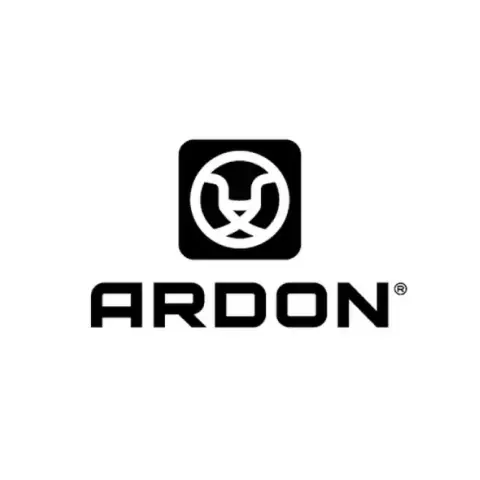Ardon Safety Chem Touch Chemical Gloves
4.5 / 5
Product description
Product Features:
- Latex gloves with external neoprene layer
- High chemical resistance
- Thickness: 0.7 mm
- Length: 300 mm
- Material: Latex/neoprene
- Outer side: Neoprene, textured
- Inner side: 100% cotton flock lining
Technical Details:
- Standards:
— EN 388:2016 2110X
— EN ISO EN 374-1:2016 type A
— EN ISO 374-5:2016
- Chemical Resistance
- Cut Resistant
- Antimicrobial Protection
- Hand Protection
Request a free sample
Test first and buy later. Visit any product page to request your free sample.
Standards and labels
Ardon Safety delivery terms
Free delivery for all Ardon Safety products
Prices excl. VAT
238,13 kr
Price per 12 pairs
19,84 kr / pair
Estimated delivery: Sep 4-8th
Minimum: 12 packagesChoose quantity
7
8
9
10
Add 12 to reach minimum
Free delivery
A package contains 12 pairs
View packaging details
Need larger quantities?
Other products you may like
Recently viewed
Other products you may like
Similar products you may like
Autonomous sourcing platform
The most efficient way to source and order supplies for your operations
Sourcing
Find all possible options within Europe in one place
Tap into the purchasing power of 1000s of customers
Set Price Alerts for your products and volumes
Ordering
Single process to order for your suppliers
Centralize orders to reduce admin work
Easily coordinate orders with your team



